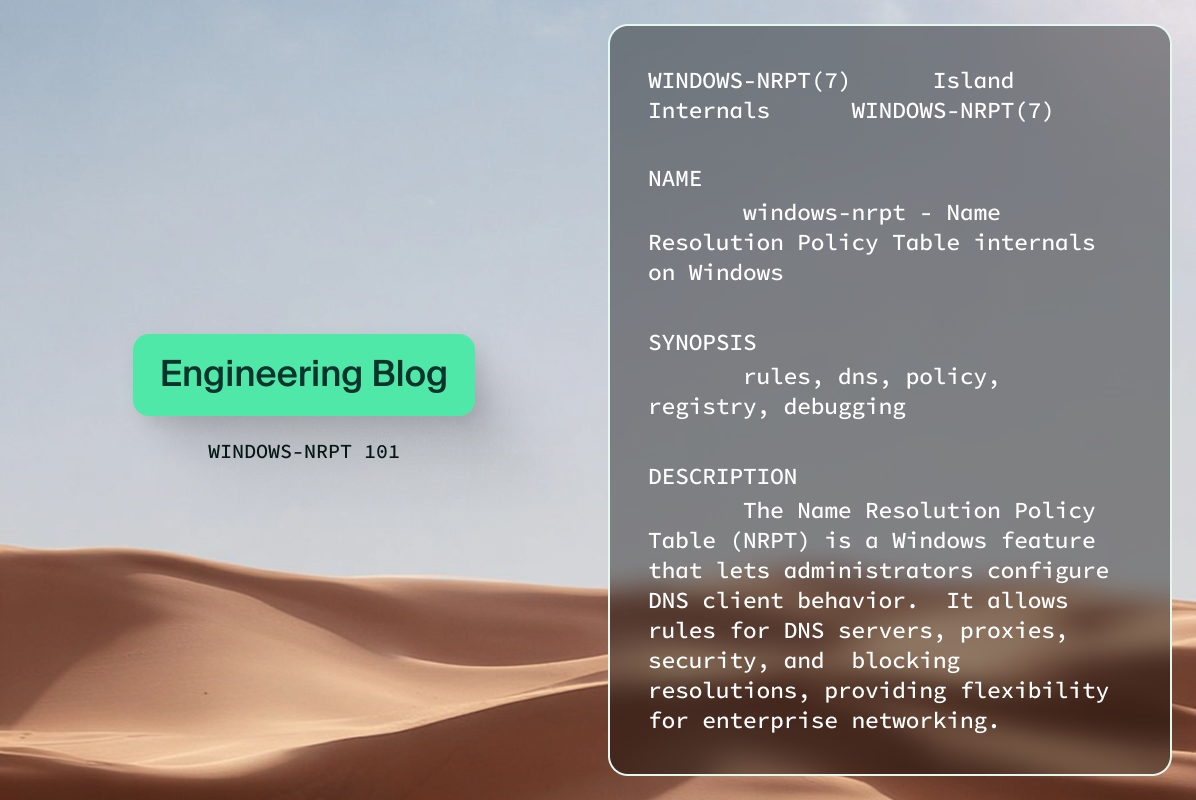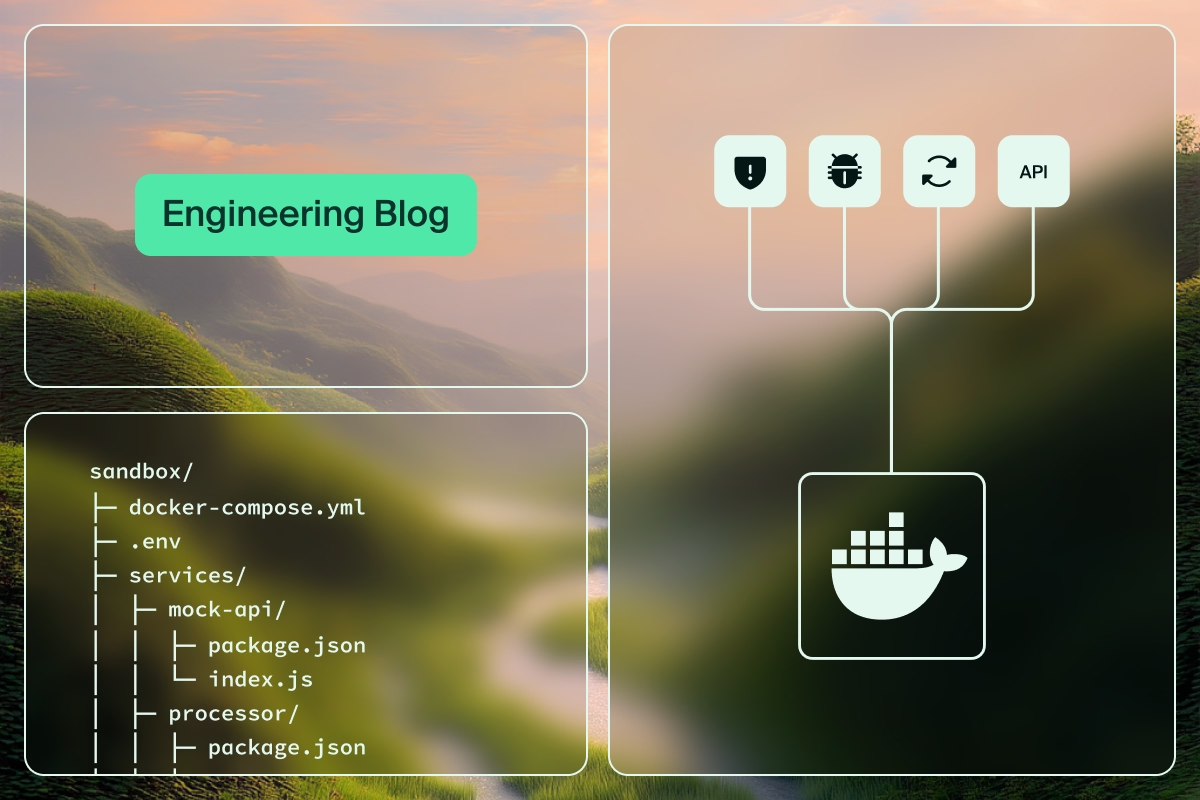The Enterprise Browser Blog

5
min read
|
Dec 9, 2025
Island’s Commitment to CISA’s Secure by Design Pledge
Enterprise security

7
min read
|
Dec 4, 2025
How to gain enterprise-grade readiness for attacks like ShadyPanda
No items found.
.png)
4
min read
|
Oct 30, 2025
When the Cloud Goes Dark: Why the Enterprise Browser Shines Brightest
Enterprise security

6
min read
|
Aug 21, 2025
Island Partners with Cyera for a Transformational Data Security Approach
No items found.

5
min read
|
Jul 24, 2025
Compromised Credentials: How Enterprise Browsers Protect Access
Enterprise security
Password management
SaaS security









.svg)
.svg)
